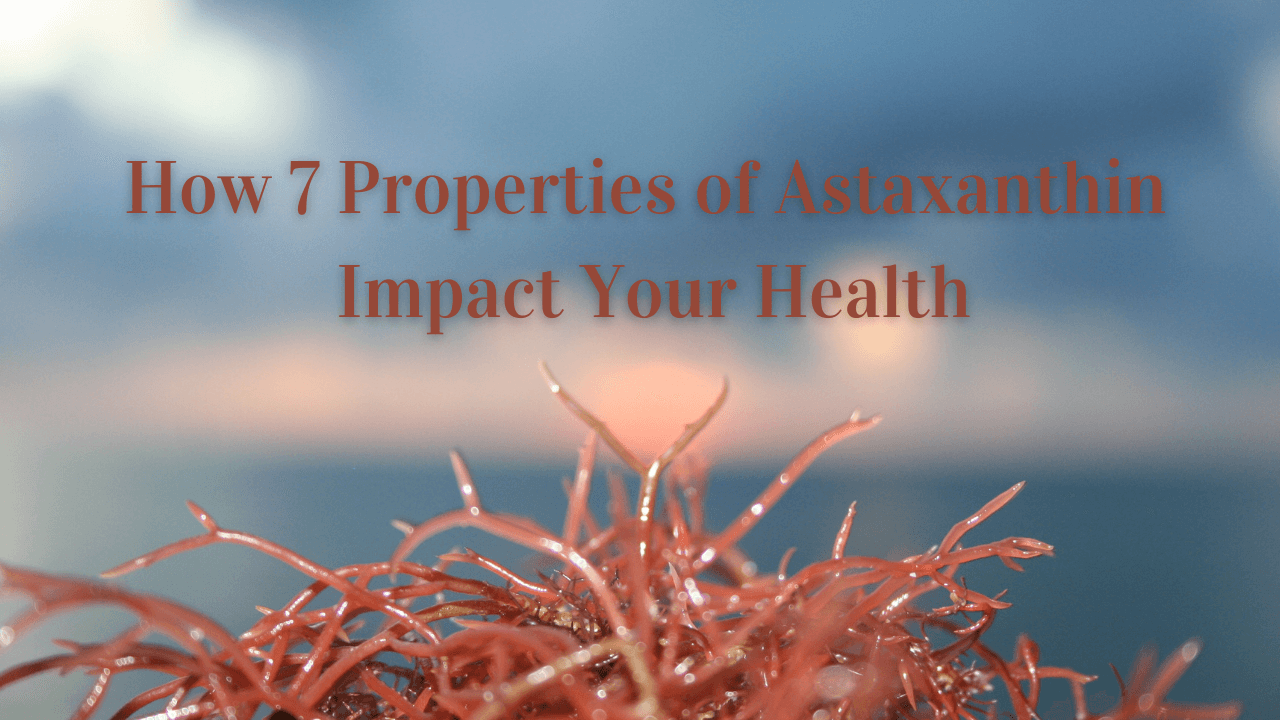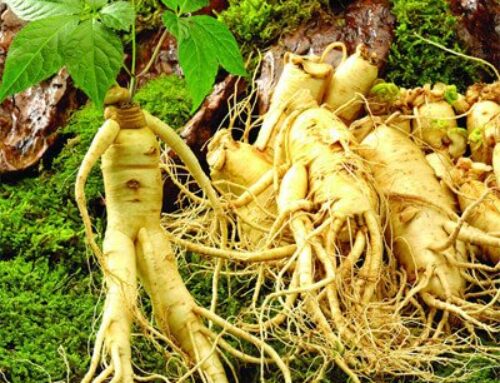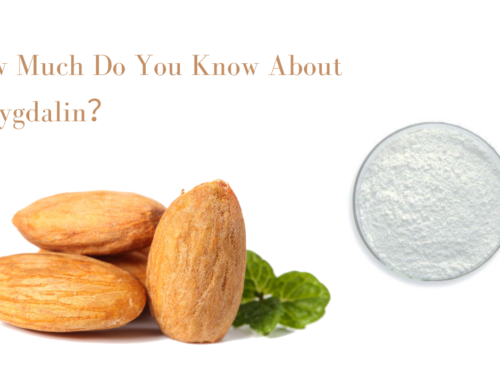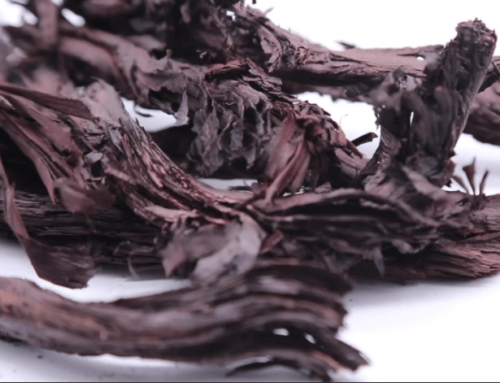Do you really know about astaxanthin?
Astaxanthin is a carotenoid, a chemical found naturally in certain plants and animals. Astaxanthin is a blood-red pigment and is produced naturally in the freshwater microalgae Haematococcus pluvialis and the yeast fungus Xanthophyllomyces dendrorhous (also known as Phaffia). When the algae is stressed by lack of nutrients, increased salinity, or excessive sunshine, it creates astaxanthin. Animals who feed on the algae, such as salmon, red trout, red sea bream, flamingos, and crustaceans (i.e. shrimp, krill, crab, lobster, and crayfish), subsequently reflect the red-orange astaxanthin pigmentation to various degrees.
Astaxanthin is used as a dietary supplement and feed supplement as food colorant for salmon, crabs, shrimp, chickens and egg production. Astaxanthin can also be used as a dietary supplement intended for human, animal, and aquaculture consumption. The industrial production of astaxanthin comes from plant- or animal-based and synthetic sources. The U.S. Food and Drug Administration has approved astaxanthin as a food coloring (or color additive) for specific uses in animal and fish foods. The European Commission considers it food dye and it is given the E number E161j. Astaxanthin from algae, synthetic and bacterial sources, is generally recognized as safe (GRAS) by the FDA. The European Food Safety Authority has set an Acceptable Daily Intake of 0.2 mg per kg body weight in 2019. As a food color additive astaxanthin and astaxanthin dimethyldisuccinate are restricted for use in Salmonid fish feed only. 1. For seafood and animals: The primary use of synthetic astaxanthin today is as an animal feed additive to impart coloration, including farm-raised salmon and chicken egg yolks. Synthetic carotenoid pigments colored yellow, red or orange represent about 15–25% of the cost of production of commercial salmon feed. Today, almost all commercial astaxanthin for aquaculture is produced synthetically. 2. Dietary supplement: The primary human application for astaxanthin is as a dietary supplement. In 2018, the European Food Safety Authority sought scientific information from manufacturers of dietary supplements about the safety of astaxanthin.
Why do people take astaxanthin?
Astaxanthin is an antioxidant. That means it helps reduce a natural process in your body called oxidation. This process may play a role in many diseases and changes such as:
- Aging
- Cancer
- Heart disease
- Eye diseases like cataracts and macular degeneration
- Alzheimer’s disease
- Parkinson’s disease
Astaxanthin can also reduce inflammation. It might be useful as a treatment for problems that involve inflammation, such as:
- Rheumatoid arthritis
- Carpal tunnel syndrome
What are the risks of taking astaxanthin?
Side effects: Some laboratory studies have shown astaxanthin may hinder an enzyme called 5-alpha-reductase. As a result, it could keep testosterone from changing into the hormone DHT in the body. It’s unclear what effect this may have, but prescription medicines that affect the same enzyme may cause side effects, such as:
- Lower libido
- Male breast growth
- Erectile dysfunction
Risks: Avoid taking astaxanthin if you’re allergic or sensitive to it.Women who are pregnant or might become pregnant should avoid astaxanthin.Also be cautious using astaxanthin if you have:
- Low calcium
- Low blood pressure
- Osteoporosis
- A problem with your parathyroid glands
- Hormone problems
We are glad to offer you our high-quality “Astaxanthin” which has all above-mentioned advantages and affordable price.






Leave A Comment